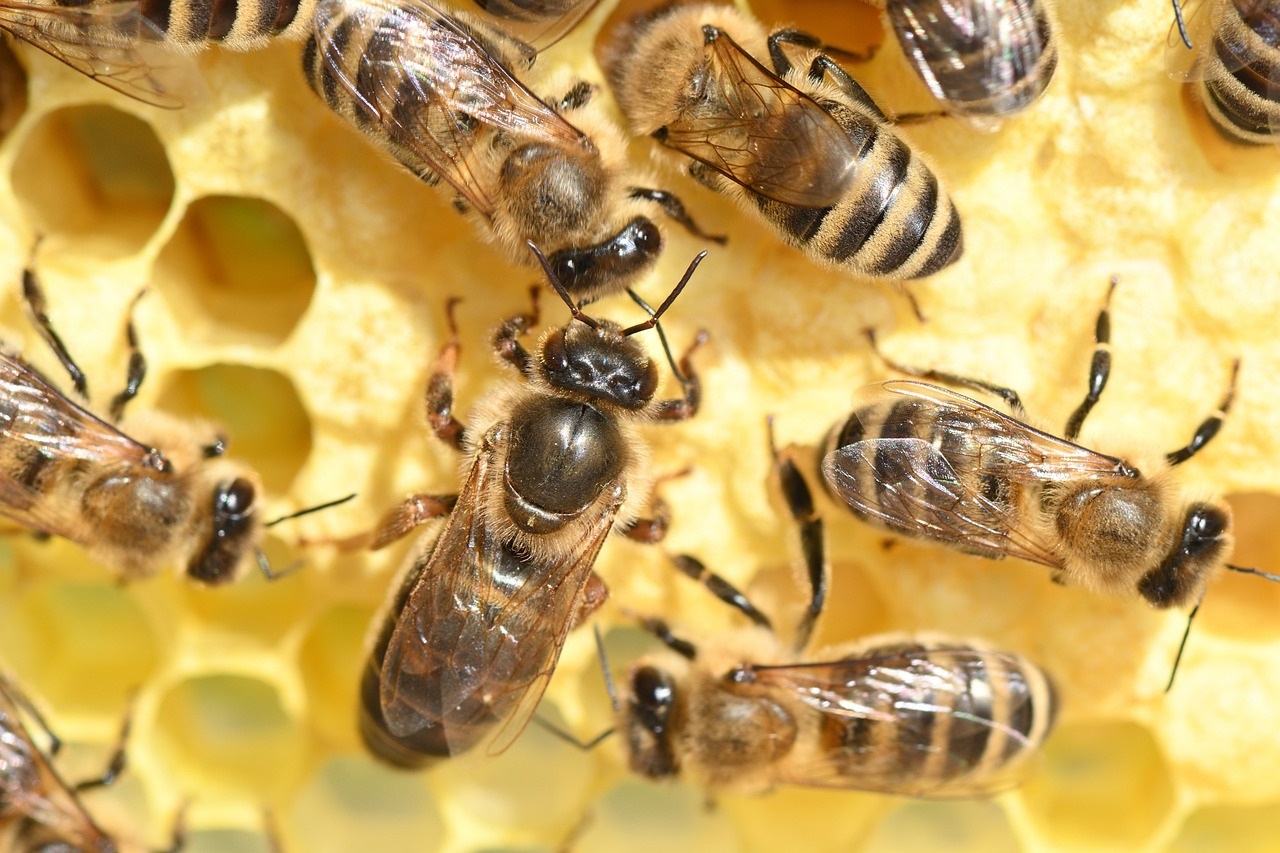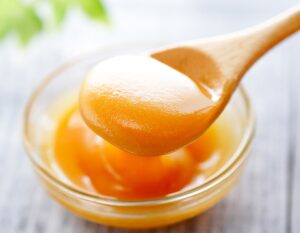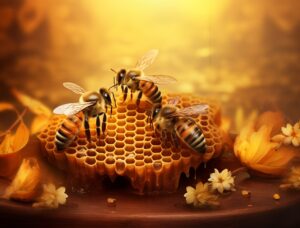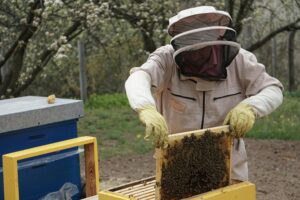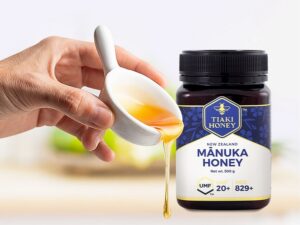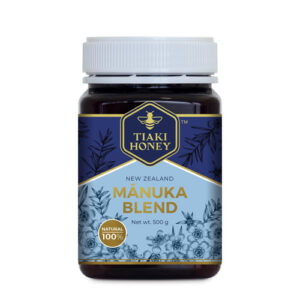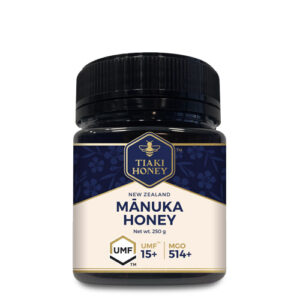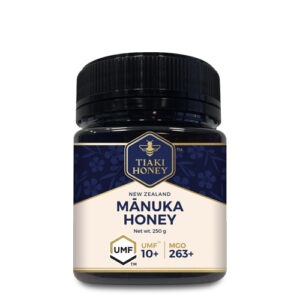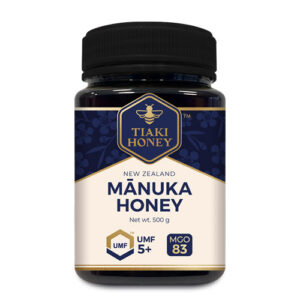How Bees Make Honey – The Fascinating Journey of Honey Production
Honey bees are remarkable creatures that play a vital role in our ecosystem and provide us with the sweet and golden nectar we know as honey.
Have you ever wondered how honey bees make honey?
In this article, we will take a fascinating journey into the world of honey production and explore the intricate process by which honey bees create this delectable and nutritious substance.
Join us as we unveil the secrets behind the laborious work of honey bees and gain a newfound appreciation for the golden liquid they produce.
The Honey Bee Colony
To understand how honey bees make honey, we must first understand the structure of a honey bee colony. A colony consists of three key castes: the queen bee, the worker bees, and the drones.
Each caste has specific roles and responsibilities within the hive, working together in perfect harmony to ensure the survival and productivity of the colony.
The Nectar Collection
The journey of honey production begins with the worker bees venturing out of the hive in search of nectar. Nectar is a sweet liquid secreted by flowers, and it serves as the primary raw material for honey production.
Worker bees use their long proboscis, or tongue, to extract nectar from the flowers. They visit numerous flowers, collecting small amounts of nectar in a specialized honey stomach called the crop.
Transforming Nectar into Honey
Once a worker bee has gathered enough nectar, it returns to the hive and regurgitates the nectar into the mouth of another worker bee. This process is known as trophallaxis and allows for the transfer of enzymes that begin the transformation of nectar into honey.
The worker bee repeatedly regurgitates and ingests the nectar, breaking down complex sugars into simpler sugars through enzymatic action.
The Honeycomb and Evaporation
After the nectar has been enzymatically processed, worker bees deposit it into the hexagonal wax cells of the honeycomb. The bees fan their wings over the honeycomb, creating air circulation that facilitates the evaporation of excess moisture from the nectar.
This evaporation process is crucial for honey production, as it reduces the water content and increases the viscosity and sugar concentration of the liquid, transforming it into honey.
Capping and Ripening
Once the moisture content of the honey reaches an optimal level, the worker bees seal the honeycomb cells with a wax capping to protect the honey from further moisture absorption.
The sealed cells serve as storage units for the ripening process, during which the honey matures and develops its distinct flavor and consistency.
Harvesting the Honey
When beekeepers determine that the honey is ready for harvest, they carefully remove the wax cappings from the honeycomb cells. The honey is then extracted using various methods, such as centrifugal force or honeycomb crushing, to separate it from the beeswax and other impurities.
The Sweet Rewards
The final product of this intricate process is the golden and delicious honey that we all know and love. Honey is not only a sweet treat; it is also packed with nutrients, enzymes, antioxidants, and antibacterial properties, making it a truly remarkable natural substance.
The journey of honey production is a testament to the incredible teamwork and industrious nature of honey bees. From collecting nectar to transforming it into honey, every step in the process is meticulously orchestrated by the bees within the hive.
The next time you savor a spoonful of honey, take a moment to appreciate the remarkable journey that brought it to your table, courtesy of the diligent honey bees.
Uncover the fascinating process behind honey production. Explore the world of bees and UMF™ Manuka Honey!
